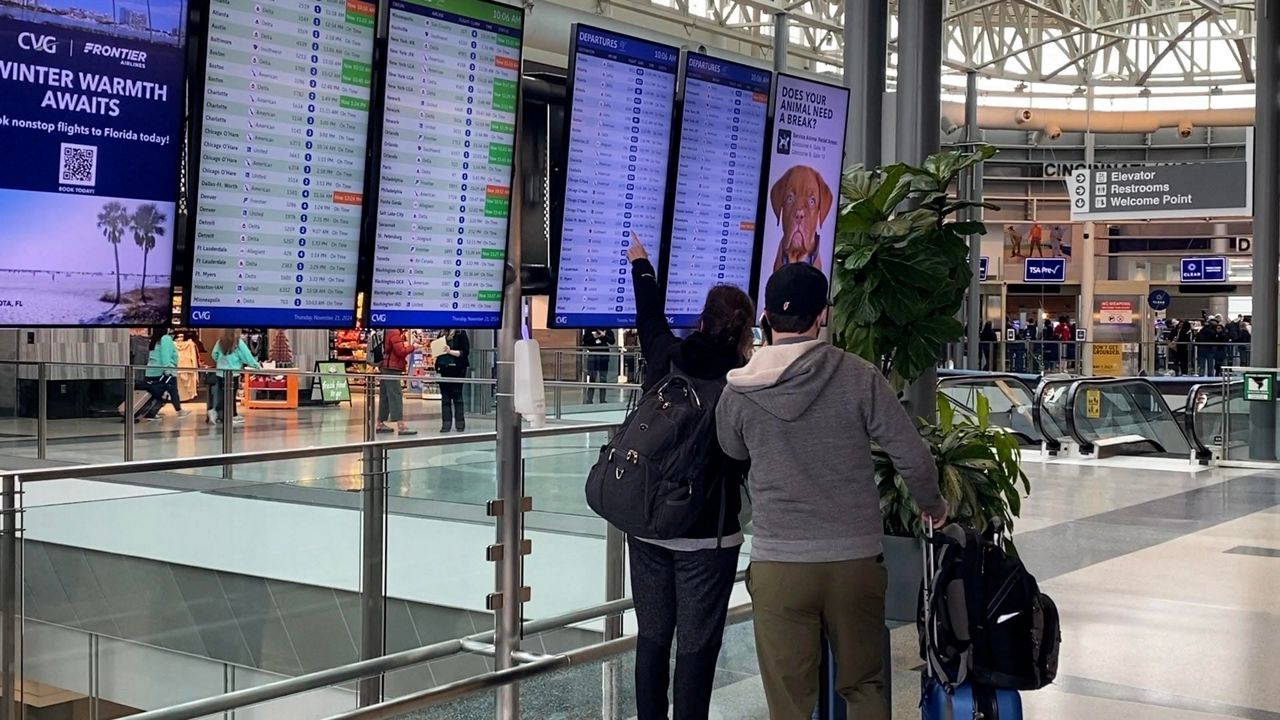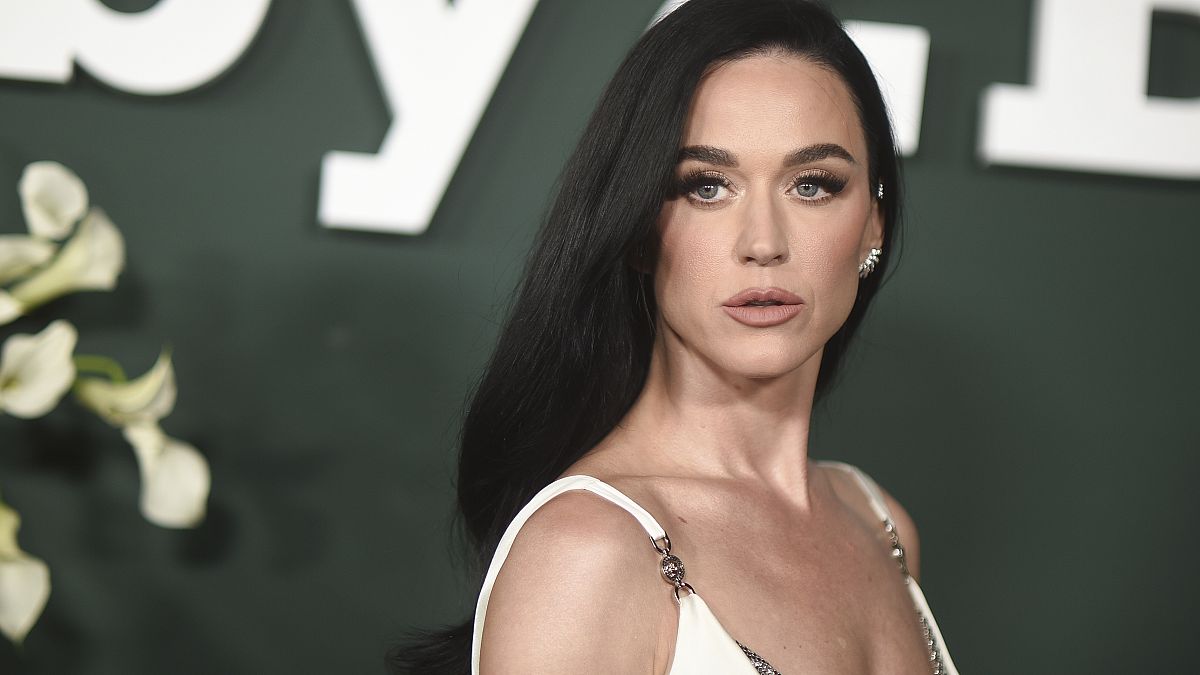World
‘First Illumination’ reveals sculptural heart of National World War I Memorial

Late into the night, hours after its public unveiling at the National World War I Memorial in Washington, D.C., Sabin Howard’s “A Soldier’s Journey” still had a large crowd.
Some stood staring, silent. Others snapped photos with cellphones, pointing out which of the sculpture’s 38 figures – a daughter, a wife, a husband and soldier, doughboys plunging into combat and emerging transformed – most captured their attention.
The 25-ton bronze relief is the park’s long-awaited centerpiece, and marks the end of a decade-long mission to commemorate in the nation’s capital America’s role in the “war to end all wars.”
At the Sept. 13 “First Illumination” event, Howard described the project as “the ultimate on-the-job training,” telling veterans in the audience, “I sculpted this with every ounce of energy that I have, using all of my creative skills. Nothing was spared.
“This sculpture is dedicated to you, the men and women and families who have given everything physically and mentally in service of their country. And it is dedicated to those who have lost a part of themselves in the sacred act of service to protect our freedoms.
“I am in service of you.”
The program drew hundreds to the completed memorial, located at 14th Street NW and Pennsylvania Avenue, near the White House. Many watched from behind barricades or by large screen at the adjacent Freedom Plaza.
Retired Army Capt. Christopher Rehnberg opened the ceremony by ringing a bell in tribute to the 116,708 Americans who died in the war. Twenty buglers from the American Expeditionary Forces Headquarters Band – dressed in World War I uniforms – played an opening fanfare.
“Once upon a time in America, 4.7 million American families sent their sons and daughters off to fight a war that would change the world,” said Dan Dayton, executive director of the U.S. World War One Centennial Commission. “Tonight, we will honor them. But as the program unfolds, I’d like you to think about one person that’s important to you, one who has served our great nation in whatever way, because 4.7 million is a statistic, and one is a person. And we’re here tonight to remember that person.”
A narration by Howard, with a musical underscore by former U.S. Air Force Band composer and arranger Robert Thurston, took guests through “A Soldier’s Journey” as it was lighted scene by scene.
A father, handed his helmet by his young daughter. A tug of war between family and country as he hears the call to join his brothers in arms. The father commanding his soldiers forward into battle. Men gassed and unable to walk, helped by nurses. Other wounds, invisible, hinted at on the face of a shell-shocked soldier. A homecoming parade, flag hoisted high. The helmet handed to his daughter, whose generation will know a second – and even more devastating – war.
“Every single soldier, nurse, child on this wall represents the heroic nature of those people who were affected by war,” Howard said. “There are no victims here. They are all heroes. They are all moving forward, calling upon their better selves and giving unstintingly to their country to protect what we so often take for granted: our freedom to choose what we will do with the gift of life.”
In its mission to raise awareness about and give meaning to a largely forgotten war, the World War One Centennial Commission has emphasized that the nation’s participation in the Great War included Americans of every race and ethnicity, men and women. That shared service is reflected in “A Soldier’s Journey.”
“We very much appreciated that,” said Edwin Fountain, the commission’s former vice chairman. “(The sculpture) reflects the diversity of American contribution to the war, including and especially that of groups that were not treated as first-class citizens at that time. They served their country and risked their lives nonetheless.”
The grandson of two World War I veterans, Fountain is the memorial’s visionary. In 2008, he co-founded the World War I Memorial Foundation, which led the restoration of the District of Columbia’s own World War I memorial. Noting that other wars are commemorated on the National Mall – wars, in fact, directly or indirectly caused by World War I – he resolved that the capital needed a national memorial. Appointed to the World War One Centennial Commission in 2013, Fountain saw an opportunity. Rather than getting tied up in a battle to build on the Mall, however, the commission opted to restore and expand Pershing Park.
Had they realized the obstacles ahead, Fountain told the crowd, the commission might have thought twice about the project: an international design competition with 360 entries, 46 public hearings and interagency meetings, approvals from four different agencies, a $44 million fundraising campaign, street protests that closed the site during construction and a bridge collapse that closed the Port of Baltimore.
Moreover, the contest’s winner, Joe Weishaar, was a 25-year-old architectural intern without a license. The sculptor, Sabin Howard, had yet to create a work of the scale proposed.
In the end, the commission’s faith in the pair was rewarded. Weishaar succeeded in integrating the memorial in a “living, breathing” urban park, while Howard fashioned a sculptural centerpiece of “uncommon emotional power that speaks in common to veterans of all wars,” Fountain said.
“By honoring World War I veterans who served more than a century ago and are no longer with us, we told those who serve today that 100 years from now they too will be remembered.”
Weishaar expanded on that thought, likening the finished memorial to a wedding ring. In building it, the World War One Centennial Commission “has renewed the vows of faithfulness between this country and those young men and women with a new sacred promise for all to see.”
Continuing the metaphor, the memorial’s site is the hand, and Howard’s sculpture the diamond. “I’m the jeweler. I was there to help unite these rare and precious pieces in a meaningful way.
“In doing so, I’ve learned a great many lessons, the most important of which is this: we don’t build memorials for the dead. They’re for the living. We build them to protect and preserve our memories and our stories. And like the rings we wear, they remind us that we should dedicate our lives to the greatest levels that we can achieve – not for ourselves, but for each other.”
More than 3 million people have visited the National World War I Memorial since the U.S. flag was raised there in 2021. With the addition of “A Soldier’s Journey,” the site changes dramatically, coming to life in a way few memorials can, said Jeff Reinbold, superintendent of National Mall and Memorial Parks.
“We will care for it with the same reverence as the memorials of World War II and Korea and Vietnam, which also are under our stewardship,” he added. “The National Park Service is proud to accept this memorial on behalf of the American people and to be its custodian for generations to come.”
With the memorial’s completion, the U.S. World War One Commission sunsets, and the Doughboy Foundation takes over its mission to educate the public about America’s participation in the war through programs, events and activities. A WWI Living History Weekend followed the “First Illumination” ceremony, featuring World War I reenactors, musicians and performers at the memorial.









